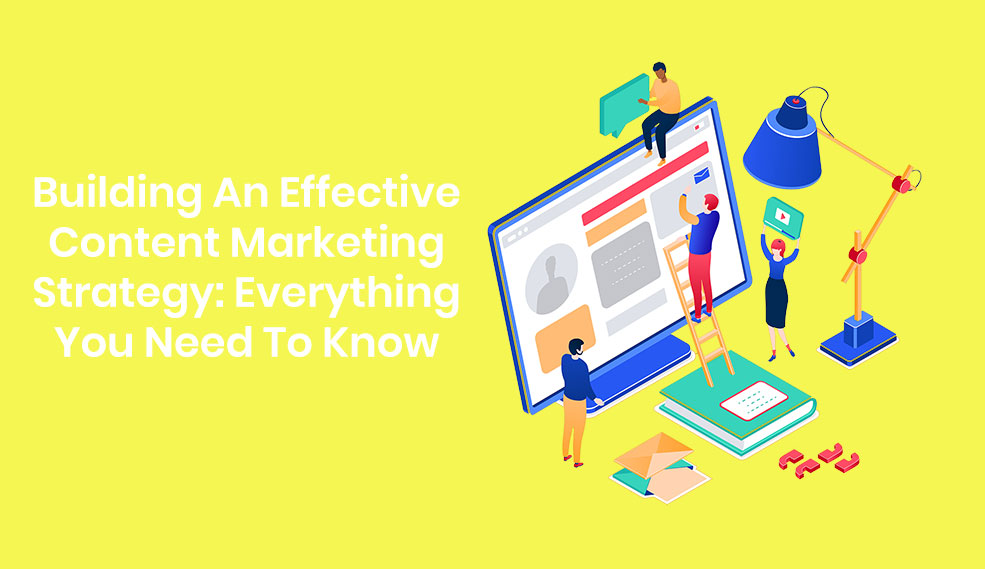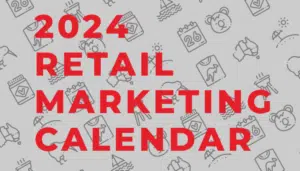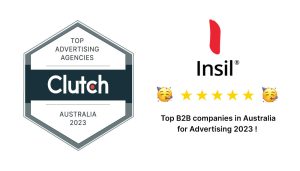Build An Effective Content Marketing Strategy
A content marketing strategy refers to the planning, creation and delivery of content – it includes all written, visual or downloadable media source that you create to showcase your brand and expertise.
Consider this: content marketing drives three times more leads than paid search advertisements. It is also known to generate more leads compared to outbound marketing, but costs 62% less at the same time. This is exactly why 90% of organizations rely on content to strengthen their overall marketing efforts. Our 2019 marketing guide can help you better understanding the current marketing trends.
But here’s the catch – businesses have to formulate extensive content marketing strategies to improve their lead generation process and also provide end-users with unique and valuable content
So, before you start writing, let’s guide you on how you can get your content strategy in order so as to gain maximum ROI and attract more leads than ever.
Know The Intended Goal
A good way to initiate your content marketing efforts is by defining what your intended goal is – remember, creating content without a purpose will result in no significant gains for your business as it may never organically reach your target customers.
A good starting point may be to create a mission statement that encompasses the wants of your target audience, your brand message and the benefit your users will receive from you.
Next, you have to define what your goal is – do you want to:
- Generate leads
- Enhance brand awareness
- Convert leads
- Reach out to prior customers
- Increase your position on the search results, etc.
Now comes the part of how to position your content to influence different stages of the buyer’s journey;
- Awareness – to guide them regarding their potential problem
- Evaluation – to help them realize the various solutions to their problem
- Purchase – to direct them towards your services or products by highlighting how you are different
The overall aim is to lead your customers from the awareness stage till they make a purchase and become a loyal customer.
Conduct In-Depth Research About Your Target Audience
An in-depth analysis can be carried out by:
Gather Demographic Data
Many analytical tools are available to collect demographics on your social media followers, email subscribers and website visitors. For instance, with the help of Google Analytics, you can identify where a majority of your visitors come from along with a number of deep insights.
Similarly, social media platforms like Facebook allow you to valuable data on your followers with Page insights.
Overall, the aim is to become familiar with your audience’s interests and understand what entices them to make a purchase decision.
Gain Insights Via Customer Feedback
To learn more about your target audience, you should consult them directly; this will help you realize the flaws in your current content strategy, the problems faced by your target audience, and provide you with clarity on how to create content to meet their expectations.
Create Buyer Personas
Once you have all the above information about your target audience, you can start creating a buyer persona.
This is a way of distinguishing your consumers into groups so as to approach them with better tactics. The available information highlights their problems, challenges, how they acquire information and what motivates them.
Overall, this helps you understand:
- What counts as engaging content
- How it will help potential customers
- What will make them care about what you have to say
An interesting fact is that 77% of companies who have created buyer personas generate more revenue and leads than they expect.
Pick A Niche And Stick To It
A few years back, people used to write with the sole purpose of increasing the keyword density of their content in order to rank higher. But now, search engines have become considerably smarter; for instance, Google regularly updates its algorithm to reduce the prevalence of low quality content in the search results.
In short, it’s important to create niche-specific content to establish yourself as a leader in your industry – this not only raises your credibility, but also allows your site to rank higher. In turn, this leads to increased exposure, and more organic traffic and leads for your business.
Audit Your Current Content
An essential part of your strategy should be to revisit published blogs and see if they brought in the required traffic to your website.
Consult the following guide:
Accumulate The Existing Content
A small business with relatively few links can easily gather all content, whereas a business with a vast array of publications may require a third party software like Screaming Frog to pull in a full list of URLs on their website.
Tag Your Content To Organize It
The next step is to categorize your content as per topic, length, tone, relevance, durability, etc.
- Topic: Categorize your content as per its topic and subject matter; whether the topic is about SEO challenges or it’s related to accounting and finance; group it accordingly.
- Length: The length of the piece may help highlight if your readers like comprehensive blogs or something shorter and to the point.
- Tone: Categorize your content as per the genre it may fall under – humorous, professional, highly technical, etc.
- Relevance: Create a relevancy scale and see where each piece of content falls. It may be written with the sole purpose of educating your readers or it may be a piece that directly influences end-users to buy your goods or services.
- Durability: Some of your content can be classified as cornerstone; this is a crucial part of your SEO strategy and contains competitive keywords that you want to rank for.
- Added features: Group your content as per the features it has; for instance, embedded videos, infographics, meta tags, meta descriptions, etc.
Once everything has been properly categorized, you can identify what category has been the most successful and create similar content to attract your audience.
Track Important Metrics
To verify that your content is meeting your intended goals, start by tracking basic metrics like:
- Traffic
- Amount of time spent on page
- Lead conversions
- Social shares
Decide On The Type Of Content You Want To Produce
Around 81% of B2B companies rely on blogs for content marketing and 61% of US consumers make buying decisions after reading articles, watching videos, etc. on your site.
As a matter of fact, marketers who use video marketing are able to augment revenues 47% faster than those who don’t. Additionally, you should consider other types of content such as infographics, podcasts, etc. depending on the industry you belong to and the medium your audience prefers.
By properly analyzing your goals, target audience and content gaps, you can easily decide on what content type will benefit you the most.
Finding Potential Topics To Write On
Having a detailed understanding about the niche you belong to and the type of content that did well in the past provides you with clarity about the tone, theme and premise of your new strategy.
But you still have to figure out what topics you need to target while creating content. Generating new ideas that provide valuable information and answer user queries is one of the most challenging aspects of content creation.
Due to such roadblocks, 60% of organizations fail to publish content regularly. So, how do you decide what topic to write on?
One way to come up with great ideas that your target audience finds valuable is to analyze their queries and provide answers. There are many tools to find what your customers are looking for such as Answer the Public.
This is a platform with detailed records of what people search on Google; simply enter a broad topic into the search bar and the web-based application will revert with all the questions asked regarding the keywords you entered.
Create a list of frequently asked questions, analyze popular pieces regarding the subject matter and then set about crafting unique content with the help of videos and infographics.
Planning And Scheduling
You need to make a schedule for publishing new content; for this, consider the following questions:
- How many times a week or month can you plan to post a new blog, video or infographic
- Will you post the same content on multiple sites or create new content for specific platforms
- What day will you post your new piece
- What time will your post be published, etc.
Remember, the hallmark of a good content campaign is consistency as your visitors and loyal followers need to know when you will post something new.
To make this step easier for yourself and your team, you should use tools like Google Calendar to map out your content.
But if you have a jam-packed content schedule and a big production team, you should consider using task management tools such as Asana as they allow you to assign each team member a specific task with a deadline.
Promote Your Content
Once your content is ready, you need to start sharing it on platforms that are frequently visited by your target audience. These include third party publishing sites like Medium, social platforms like LinkedIn and Quora, and niche specific online magazines.
Apart from this, it’s also a good idea to ask your employees, customers and influencers to share your content on their social accounts – after all, 49% of customers now rely on recommendations from influencers and 40% make purchase decisions after seeing a product on social platforms like Twitter, Instagram, YouTube, etc.
Overall, creating a good content marketing strategy can benefit your business by bringing in more traffic that converts into potential leads and ultimately, loyal customers.
Follow the tips provided above to get started – and don’t forget to keep testing out new techniques to see what works for your niche.




